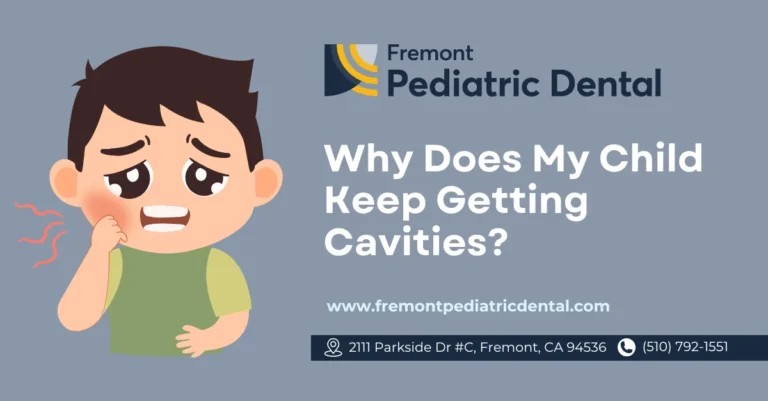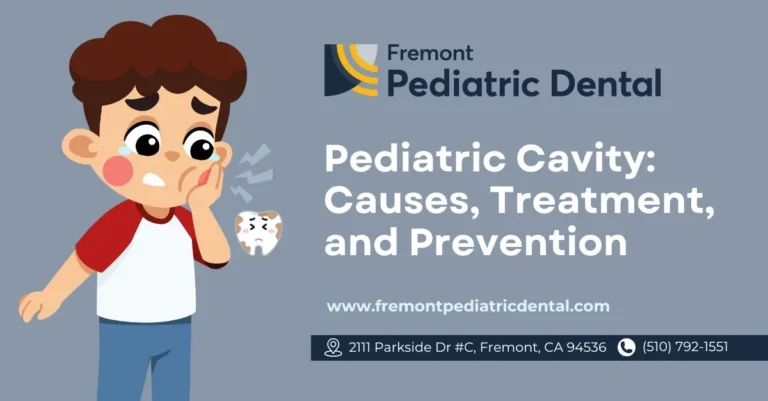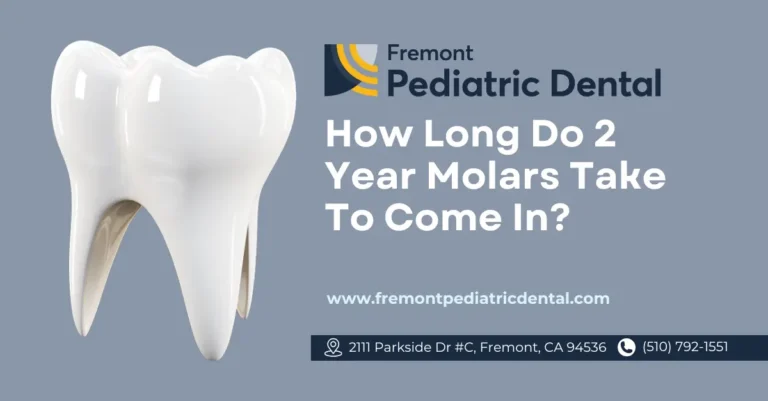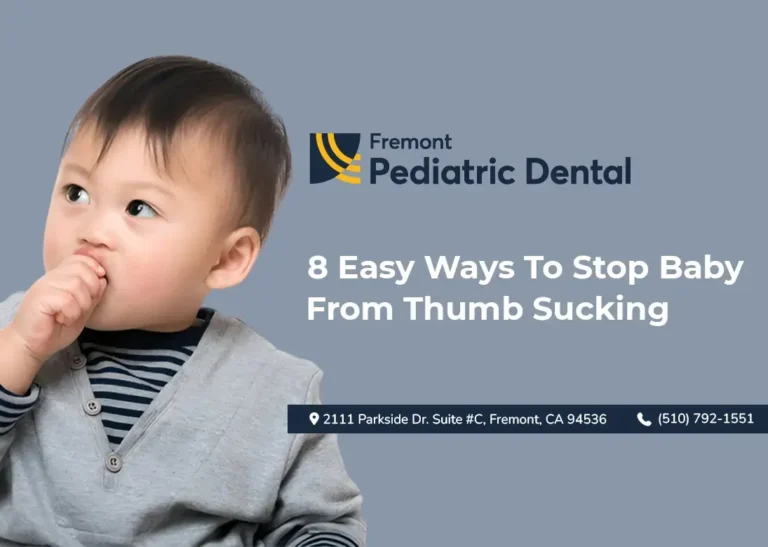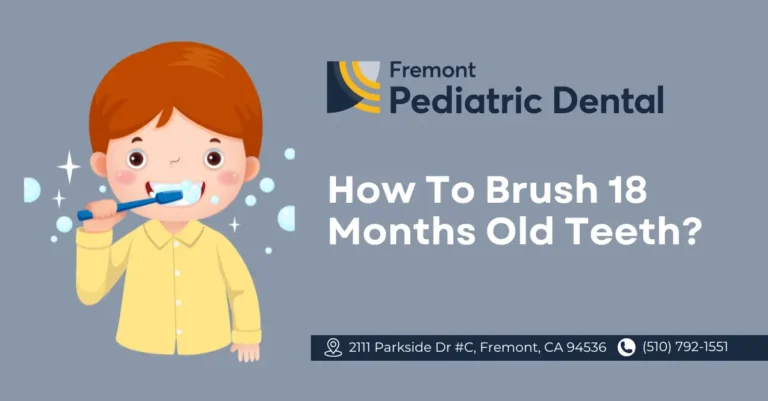What is the difference between cavity and tooth decay?
Is tooth decay a cavity? You must have heard or thought at any moment about tooth decay and cavities being the same thing. The truth is, they’re not! Tooth decay is the initial process in which bacteria start attacking the enamel surface by producing acids. Tooth cavity, also known as dental caries, refers to the hole in the tooth created by these continuous bacterial attacks that expose the roots to infection.
So, if you’re wondering what is the difference between cavity and tooth decay, this blog covers every detail to help you understand the process and ways to prevent it.
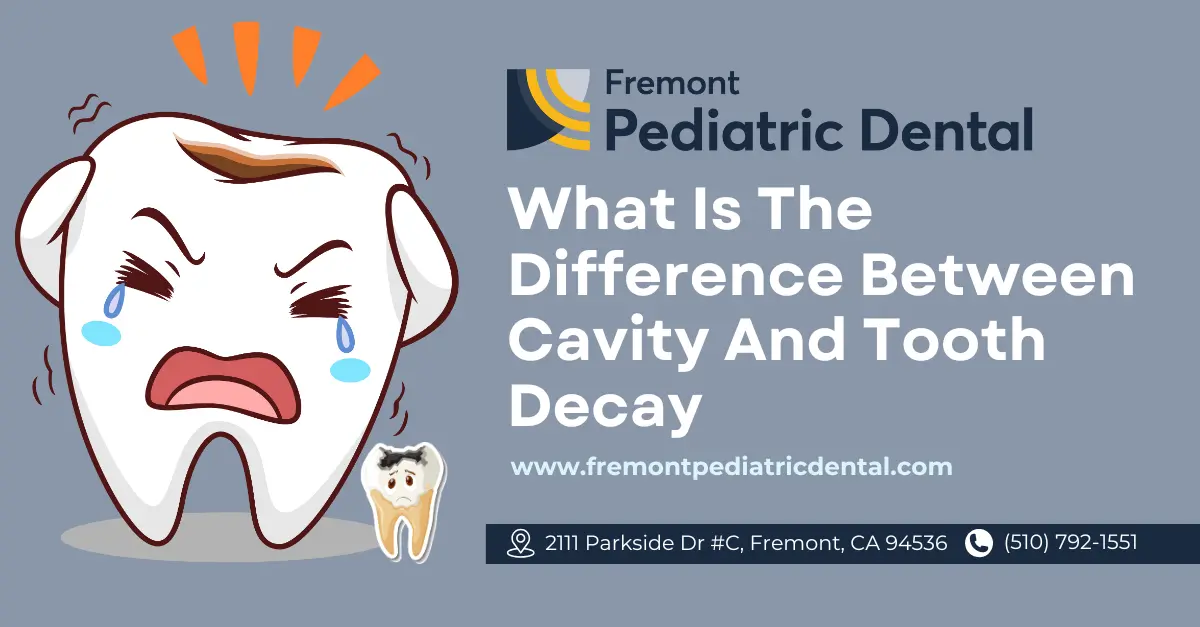
Are Cavities Tooth Decay?
People usually use tooth decay and cavities interchangeably. However, if you go into detail about tooth decay vs cavity, both are different terms which describe variable stages of tooth damage. Tooth decay occurs when bacteria feed on sugary and starchy substances attached to the plaque and produce acids. If oral hygiene is compromised, these acids keep on attacking the enamel (the outer layer of the tooth), making it softer and weaker.
However, a tooth with a cavity occurs when bacteria establish colonies, and acids start creating holes into the tooth by a demineralization process and progressing to the inner layers of dentine. If fillings or restorations haven’t stopped the cavity, it can expose blood vessels and nerves into the root, resulting in severe toothache, sensitivity, and bad breath.
If we compare tooth decay vs. cavity, the process of decay is slow and takes a longer time to establish a lesion. At the same time, once a hole (or cavity) is created in the tooth, it starts producing deterioration quickly. Fortunately, tooth decay and cavities are both reversible with the best oral hygiene practices and preventive dental care, but if caught up earlier!
How to Prevent Tooth Decay and Cavity?
The following are the best preventive measures you can take to obtain good oral health and reduce the risk of getting tooth decay and cavities:
1. Good Oral Hygiene Practices
Brush teeth with the recommended Modified Bass Technique (for children and adults) and Fones brushing technique (for preschool children) twice a day for at least two minutes. Do floss once a day (recommended for kids aged more than two) to remove interproximal plaque effectively. You can also use mouthwash once a day to avoid bad breath!
2. Eating Healthy Diet
Maintain a balanced diet containing more fibrous foods, at least five portions of fruits and vegetables per day, and plenty of water (6-8 glasses a day) to give your body the beneficial vitamins and nutrients to strengthen immunity and improve oral health.
3. Avoid Dry Mouth
If you’re facing a dry mouth problem, avoid it by staying hydrated and chewing on sugarless gums to stimulate saliva production and increase the wash-off effect to reduce plaque formation.
4. Visit Pediatric Dentist Regularly
Visit nearby pediatric dentist regularly (at least once every six months) for regular checkups for early diagnosis of any abnormality and get professional cleanings to avoid decay and, ultimately, getting a tooth with a cavity.
5. Prevent Eating Harmful Foods
Avoid eating sugary, sticky foods and beverages, as they can be a main source of harboring harmful bacteria. If you do so, rinse and brush as soon as possible.
How to Treat Tooth Decay?
If you feel any symptoms of tooth decay, there are several things you can go with to reverse the damage and prevent it from turning into a cavity.
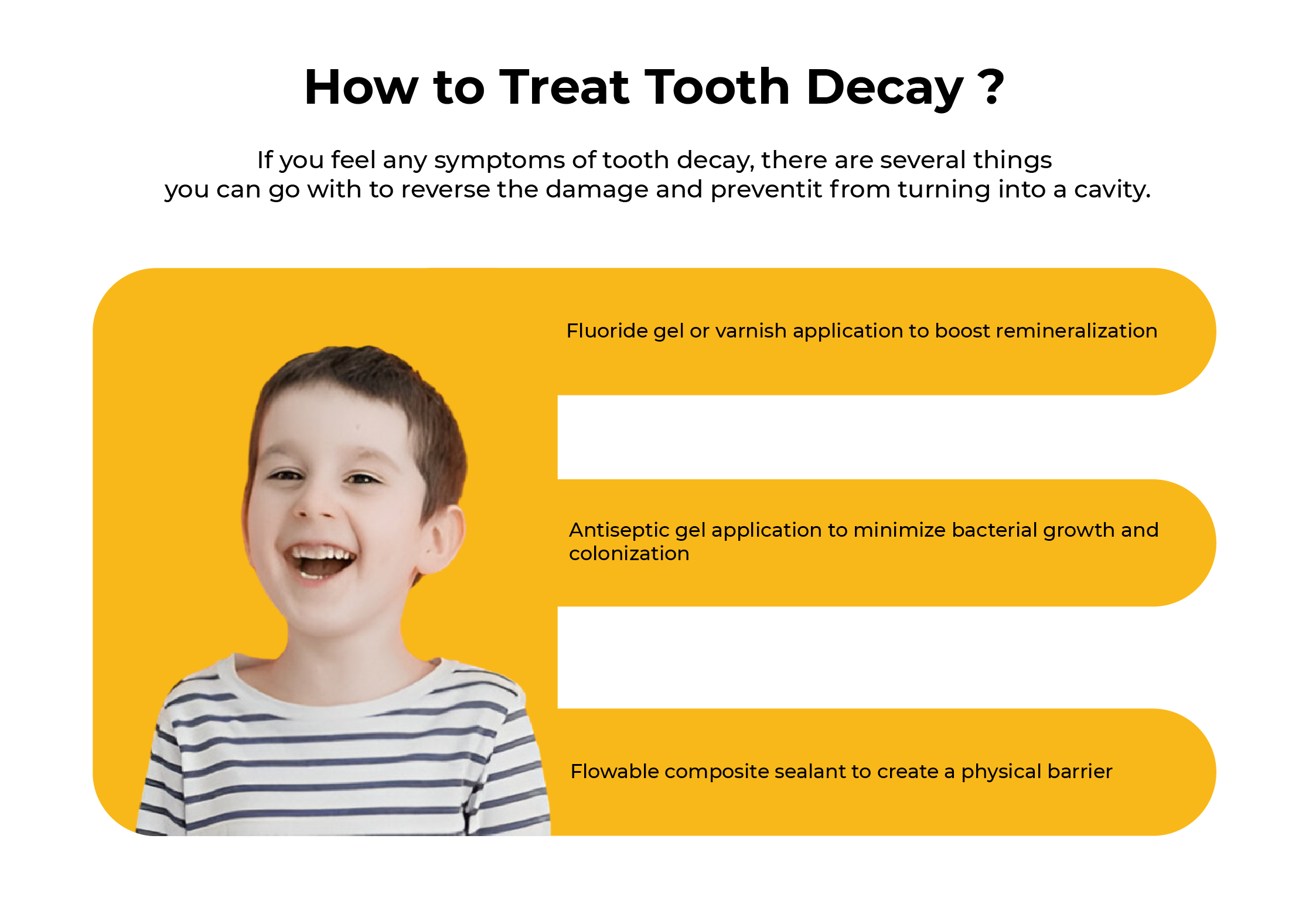
- Fluoride gel or varnish application to boost remineralization
- Antiseptic gel application to minimize bacterial growth and colonization
- Flowable composite sealant to create a physical barrier
How to Treat A Tooth With A Cavity?
Once a cavity forms, it usually cannot be reversed because it grows deeper into the tooth very quickly. This can lead to infections and even bone loss. Depending on how bad the cavity is, here are the treatment options available:
- Restoration of small to medium cavities with filling materials (GIC, resins, amalgam, gold, silver, or composites).
- If the cavity gets larger and destroys the appearance of a tooth or causes discoloration, a dental crown (porcelain, stainless steel, resin) or a bridge is recommended as per the situation.
- If the cavity reaches the inner nerves and vessels inside the pulp, a root canal treatment will be the preferred treatment option.
- In case the tooth gets severely damaged and can’t be restored with any of the above options, it will need extraction.
Conclusion:
You must have understood that tooth decay and cavities relate to each other but are not similar. Your topmost priority should be to adopt the right preventive measures and best oral hygiene practices to avoid tooth decay and cavity formation. Recognize the early signs and visit your dentist earlier to have personalized advice and get preventive or restorative dental care before the condition worsens.

